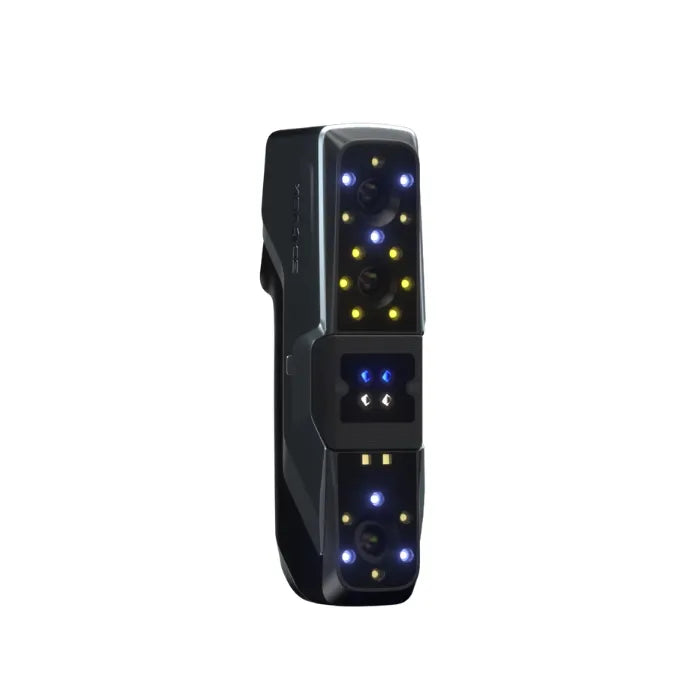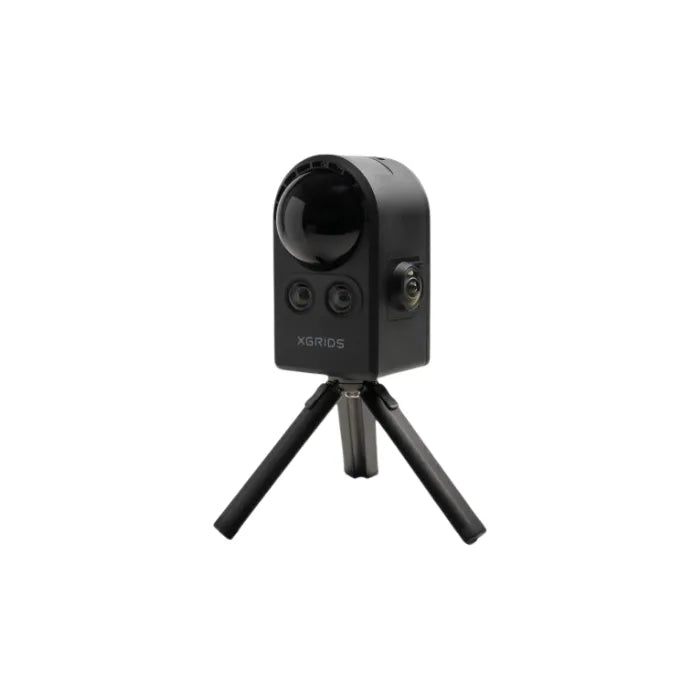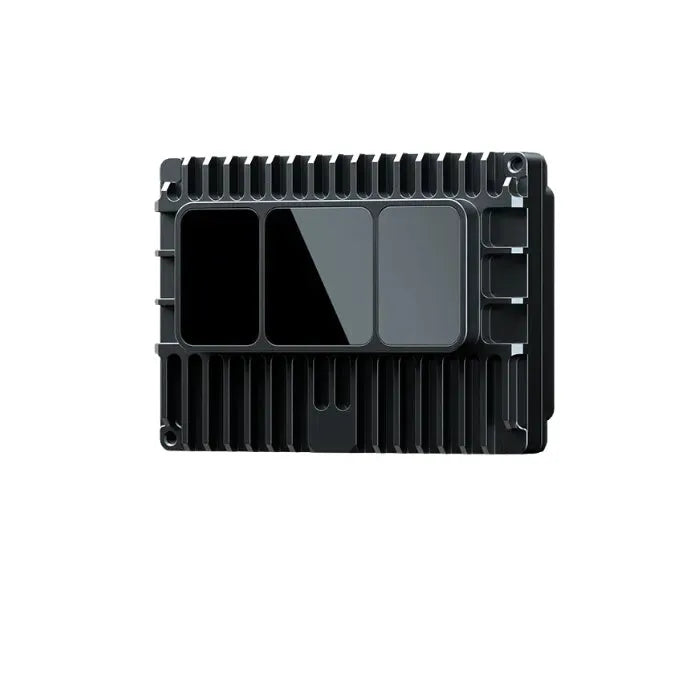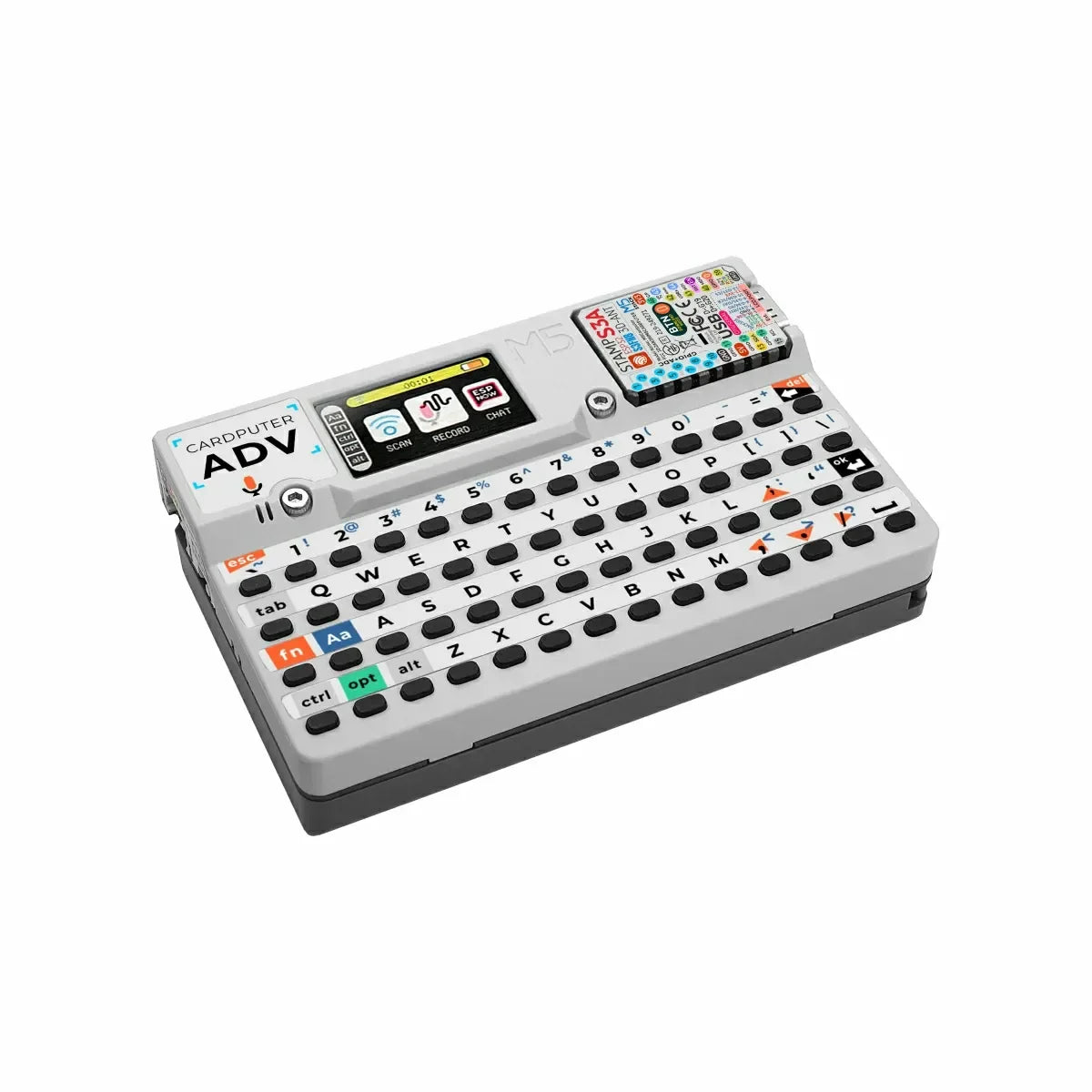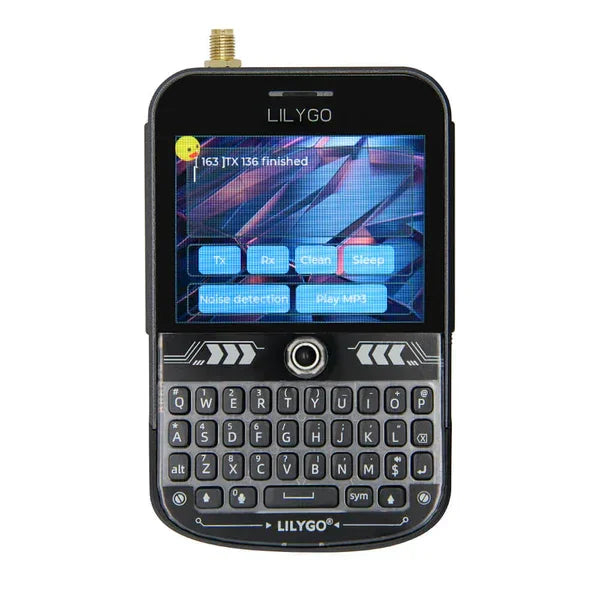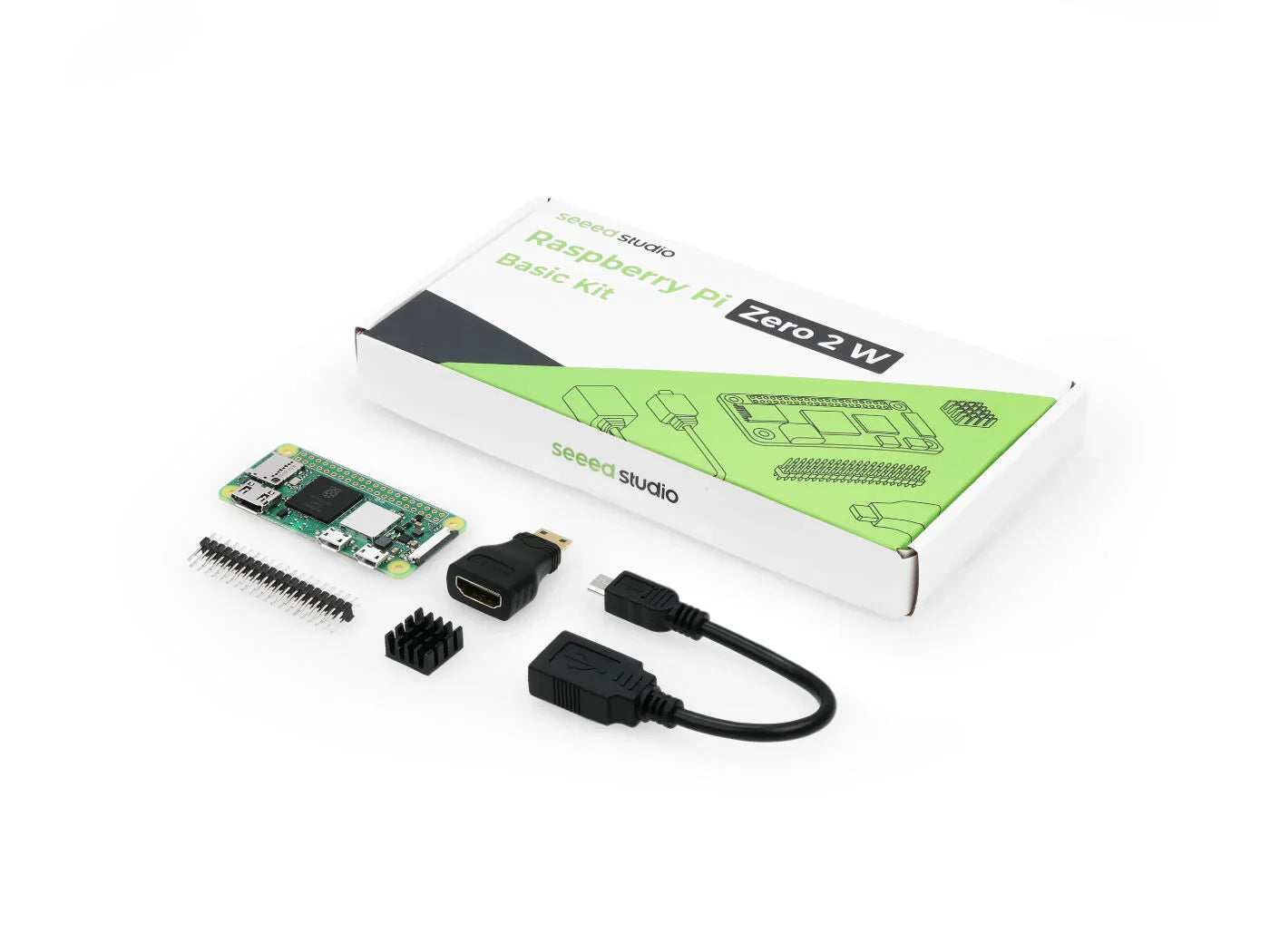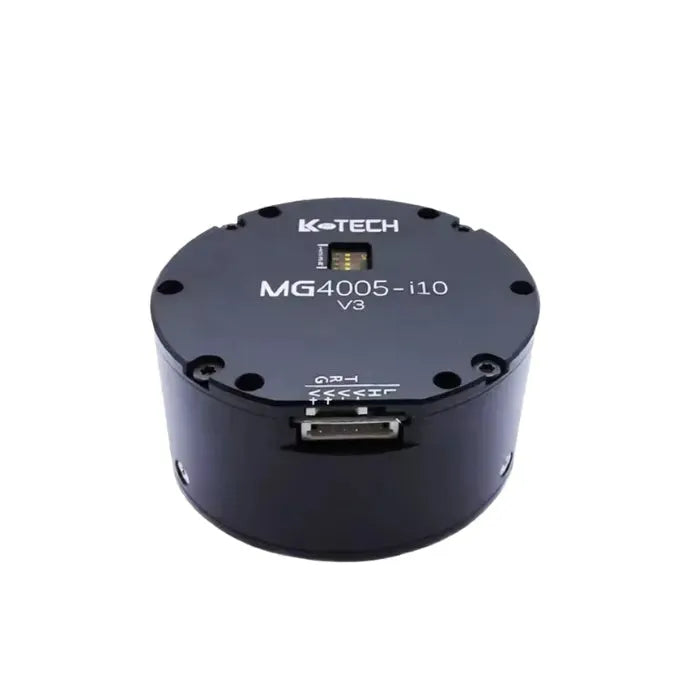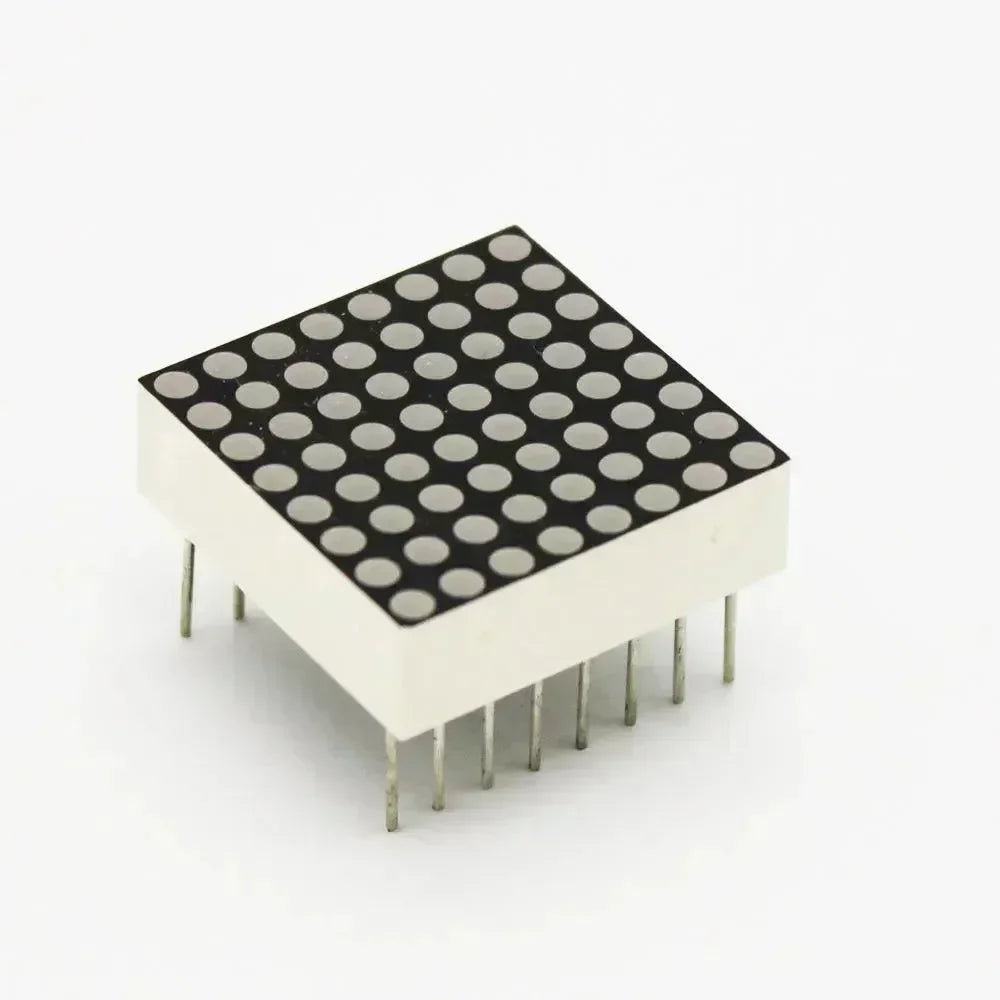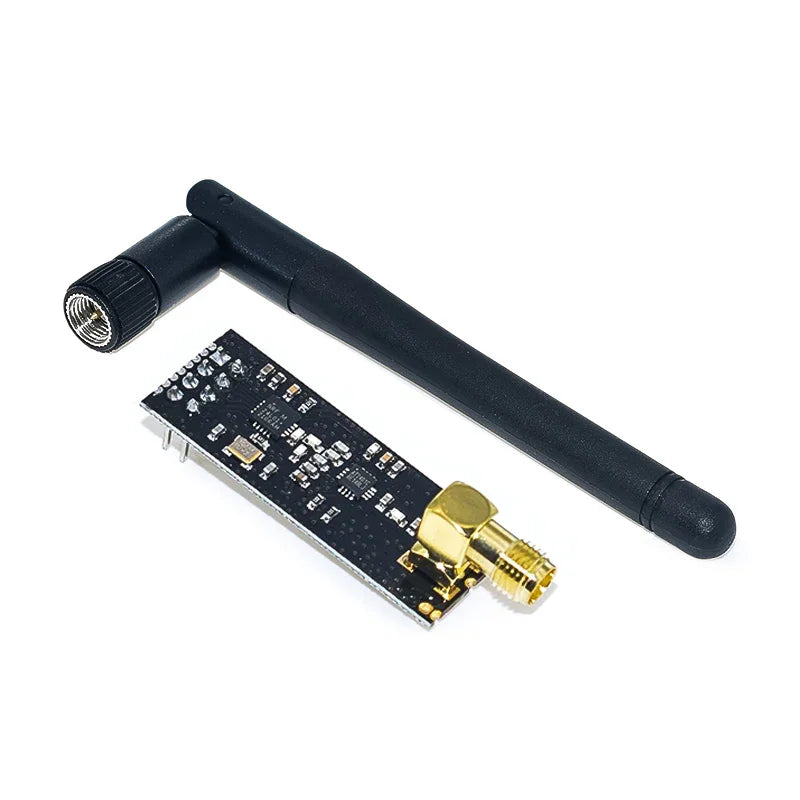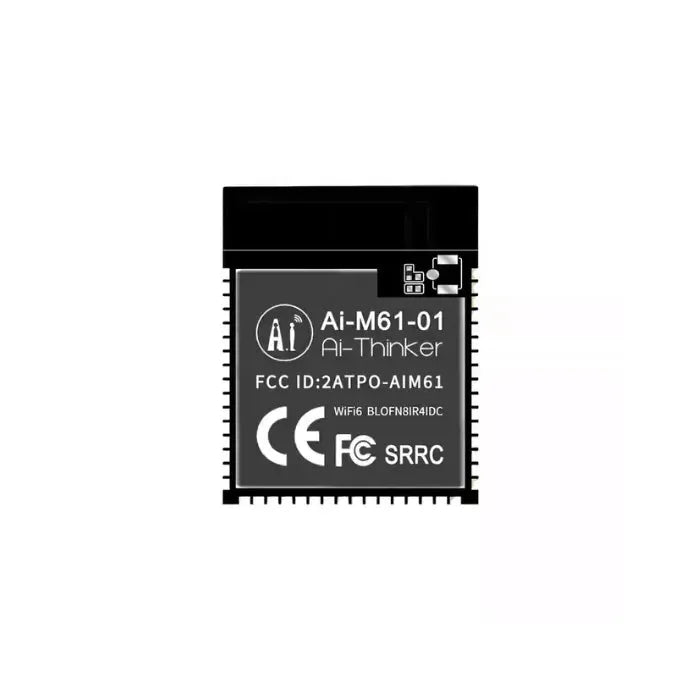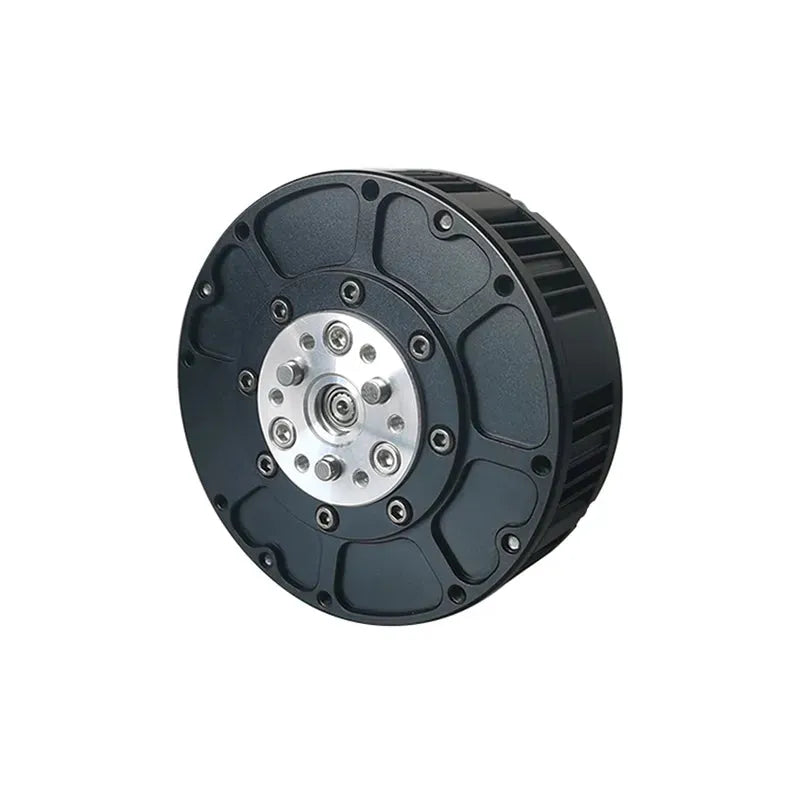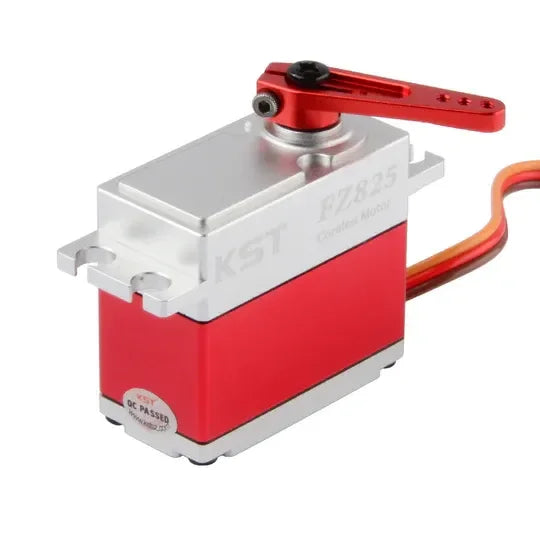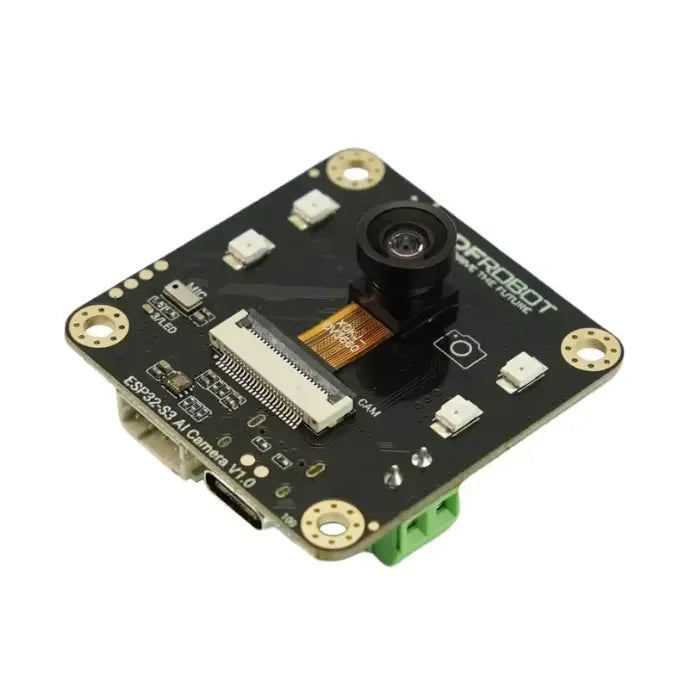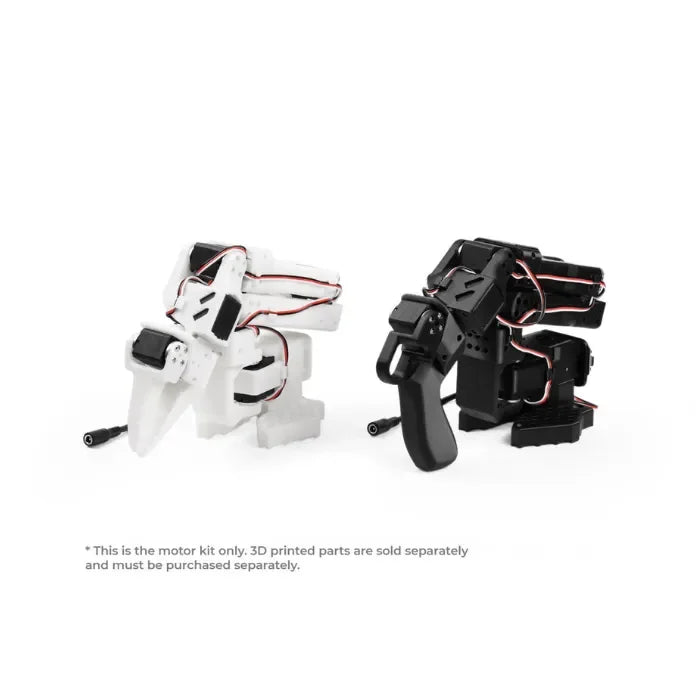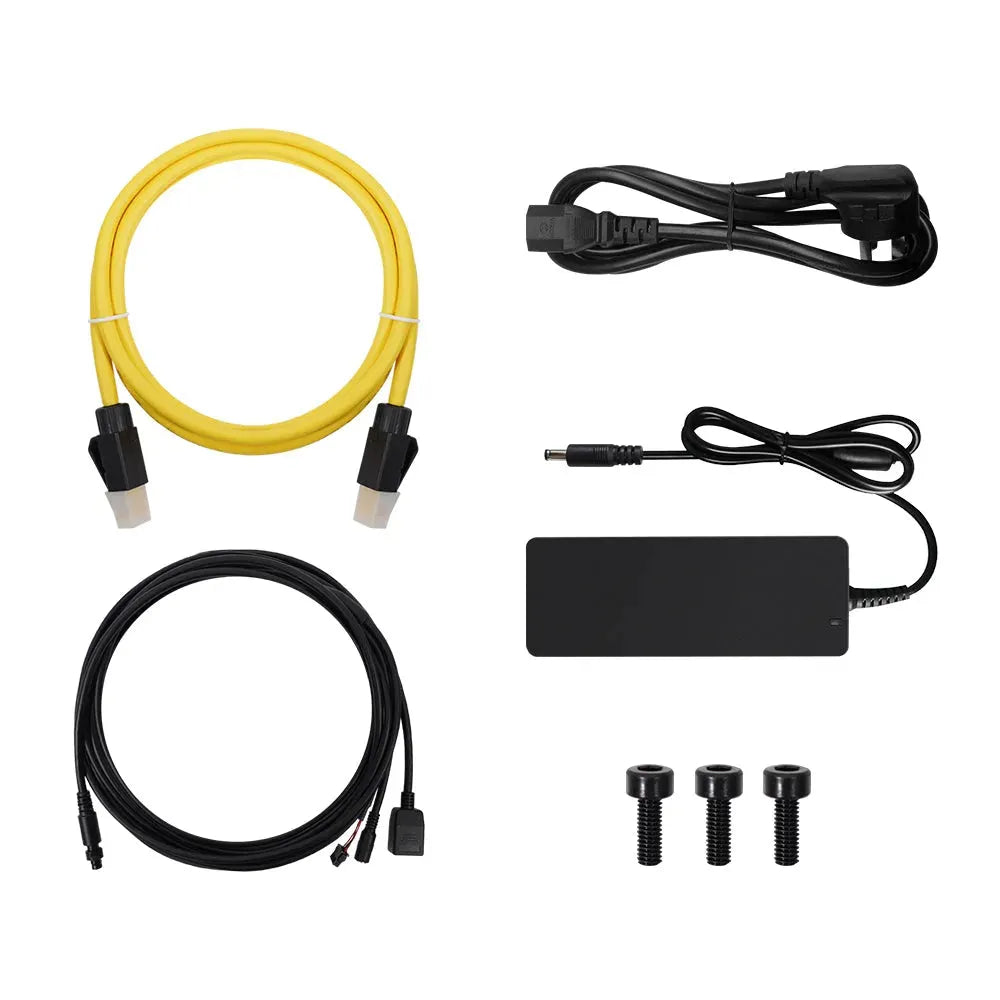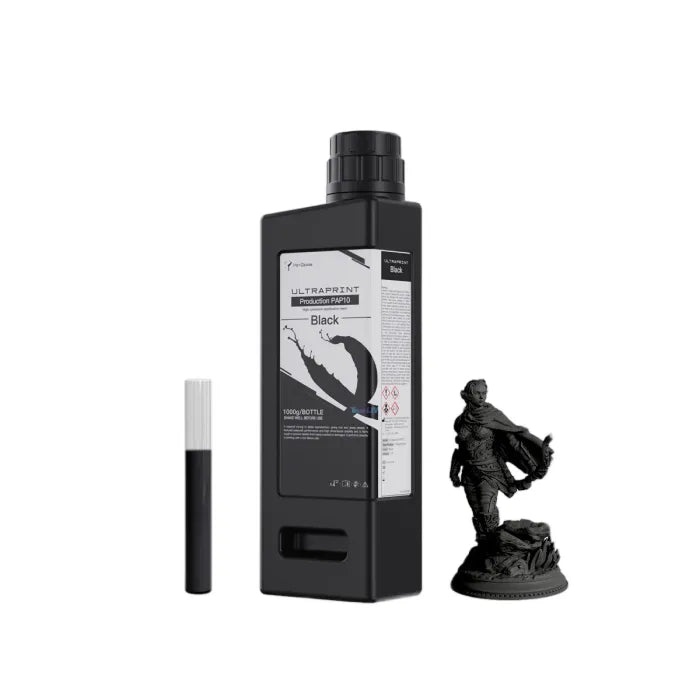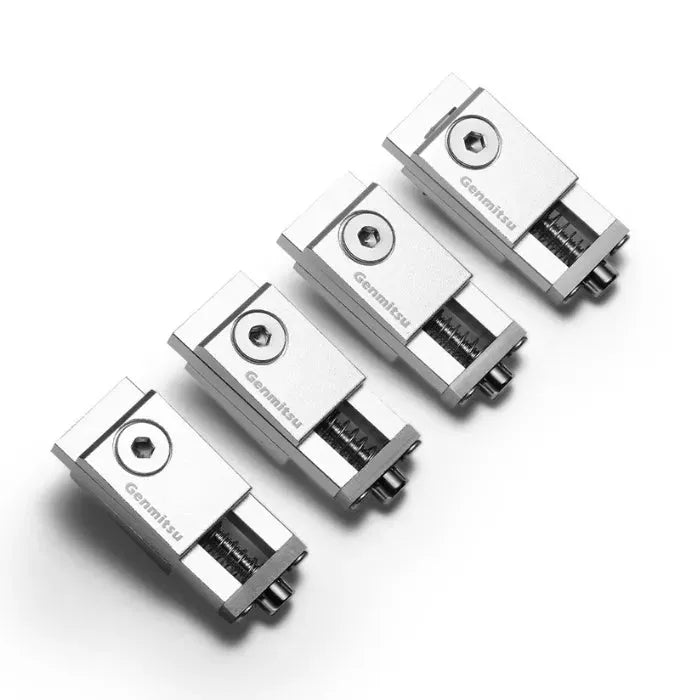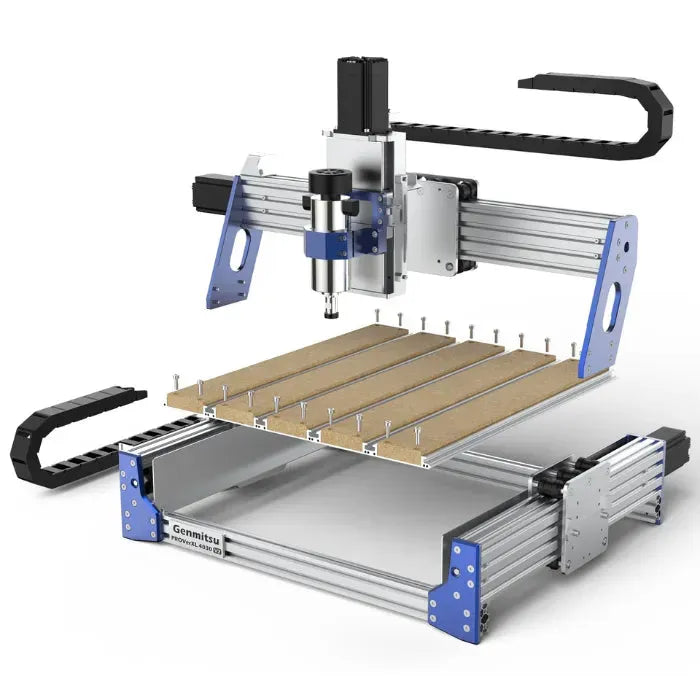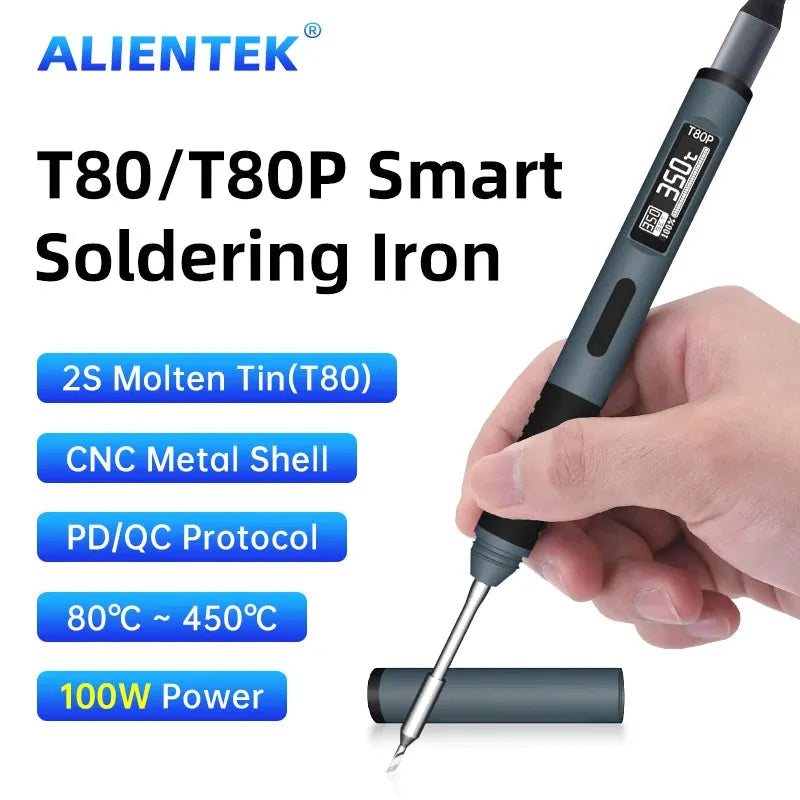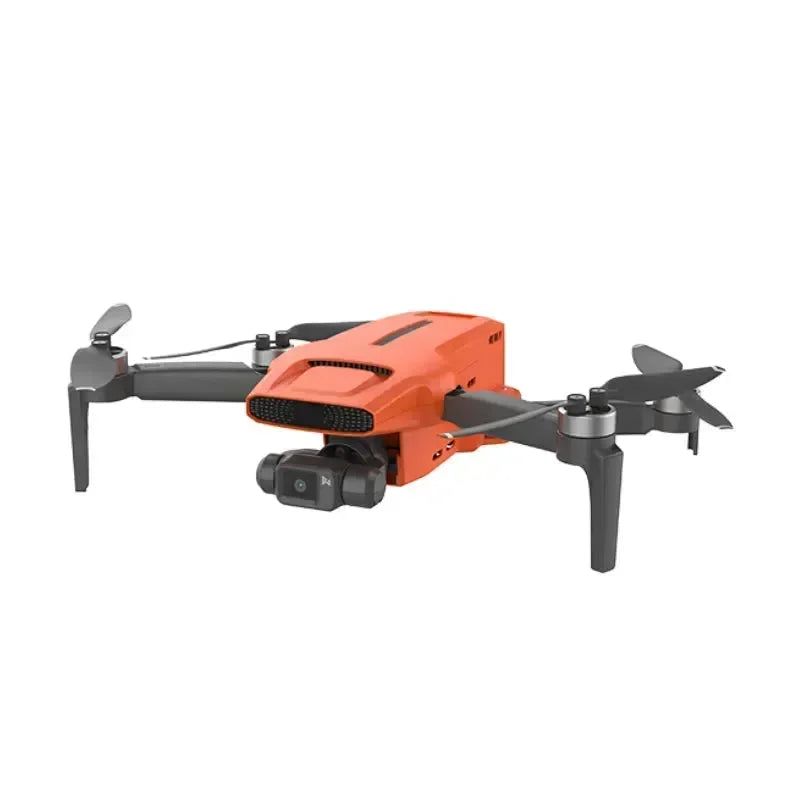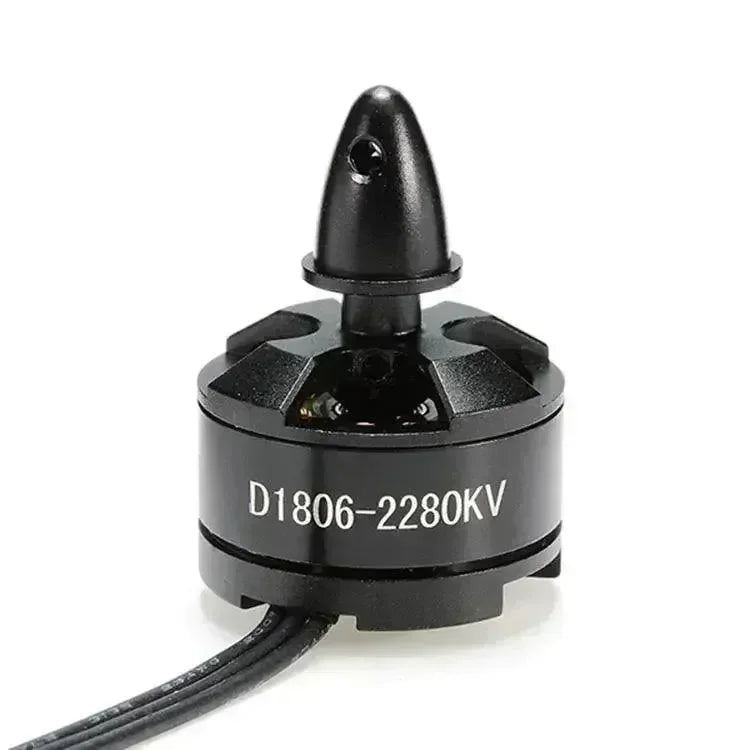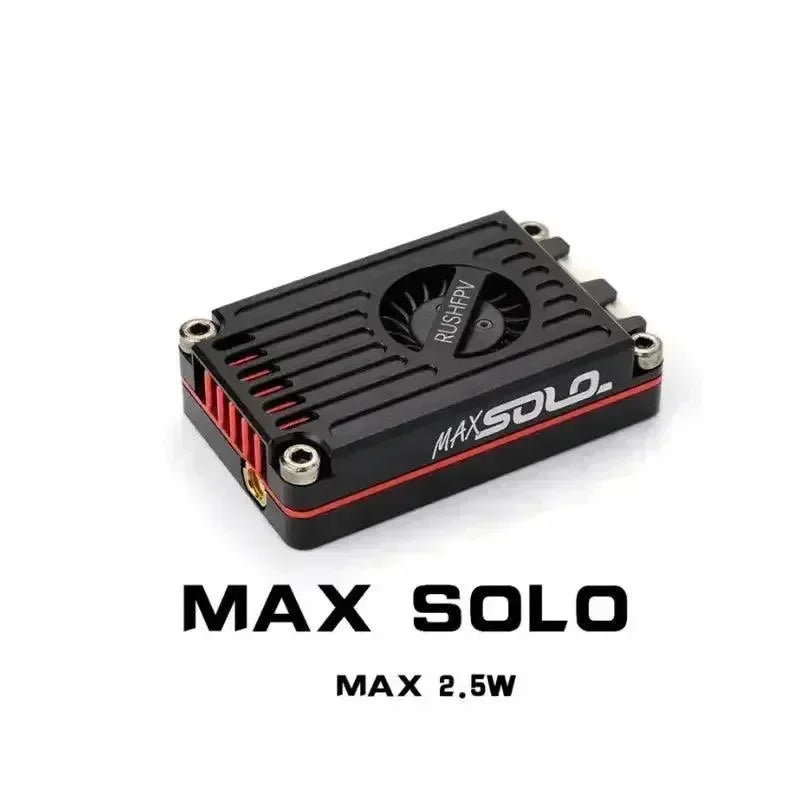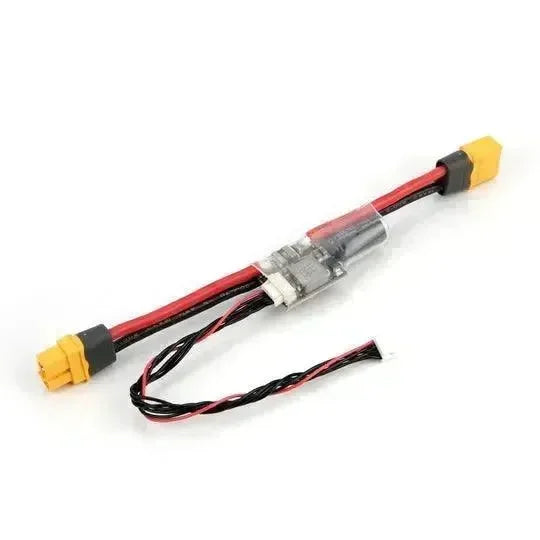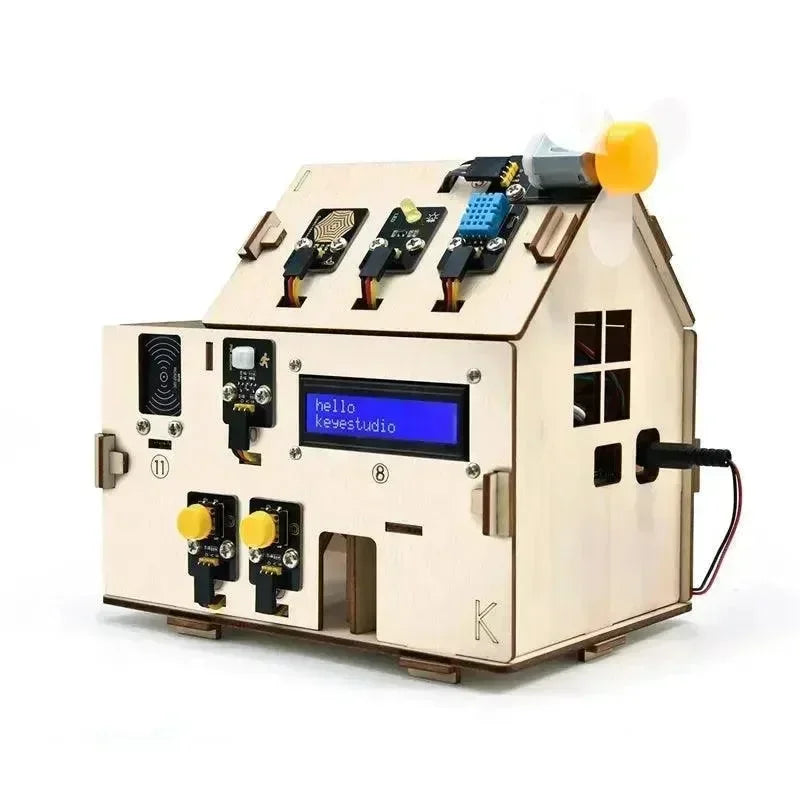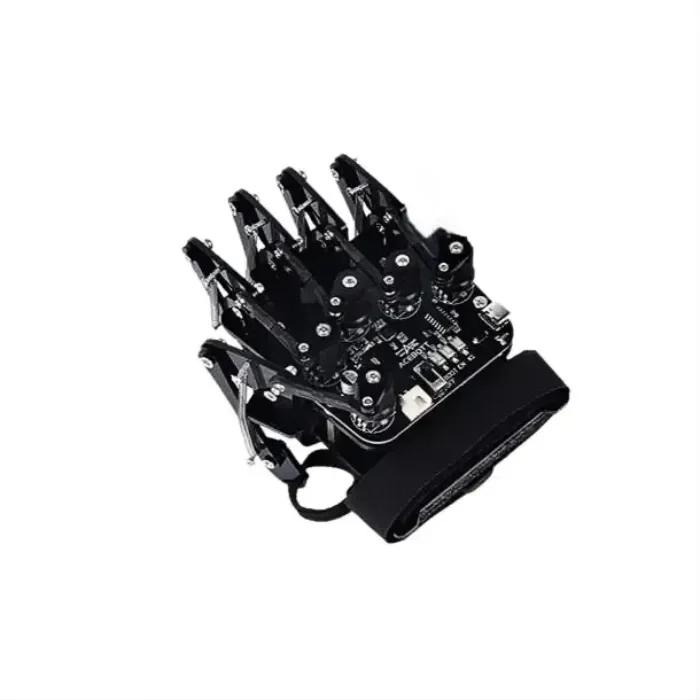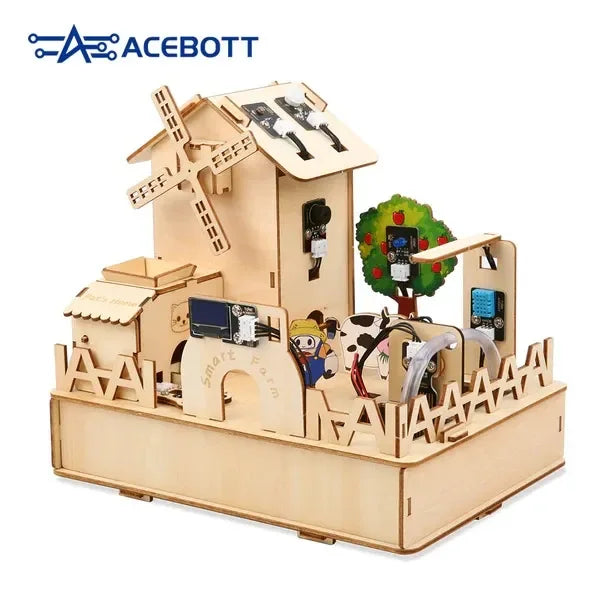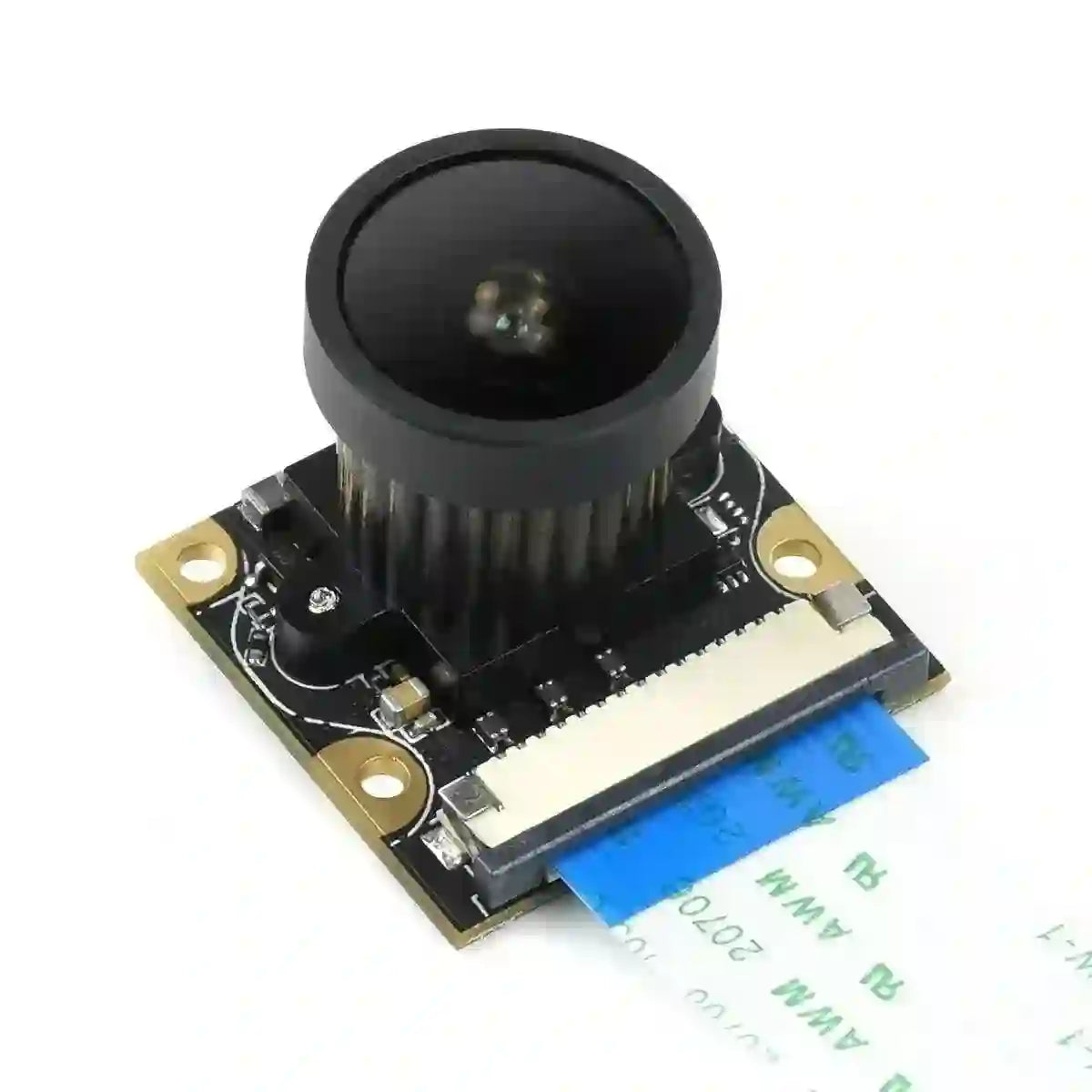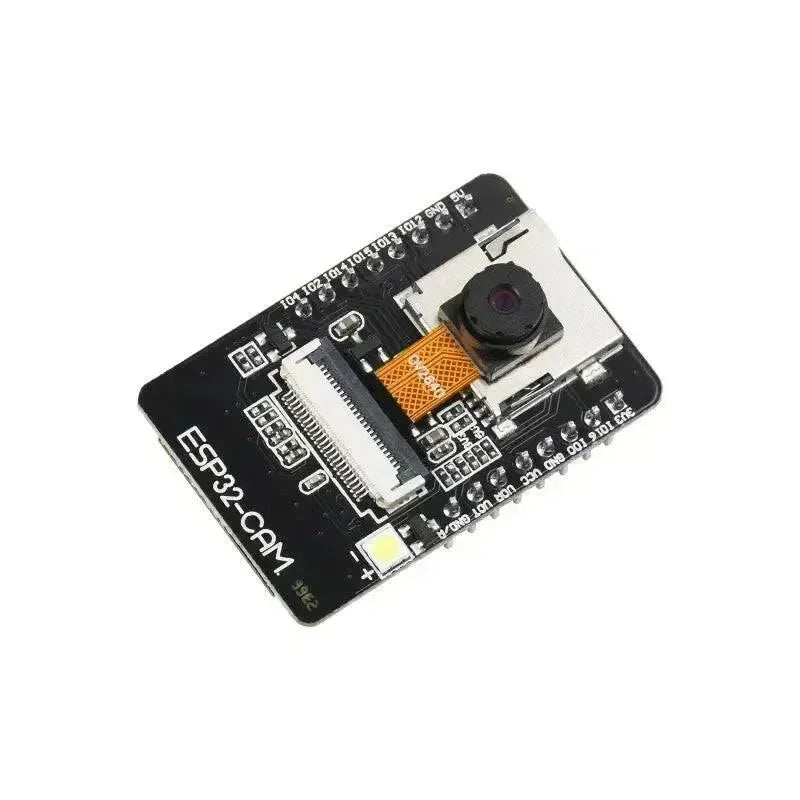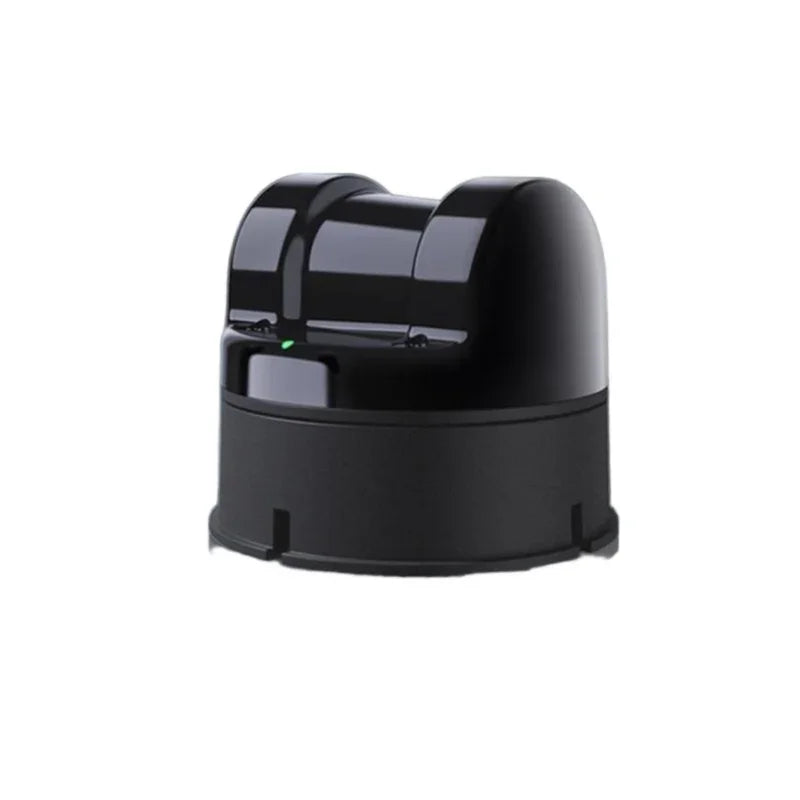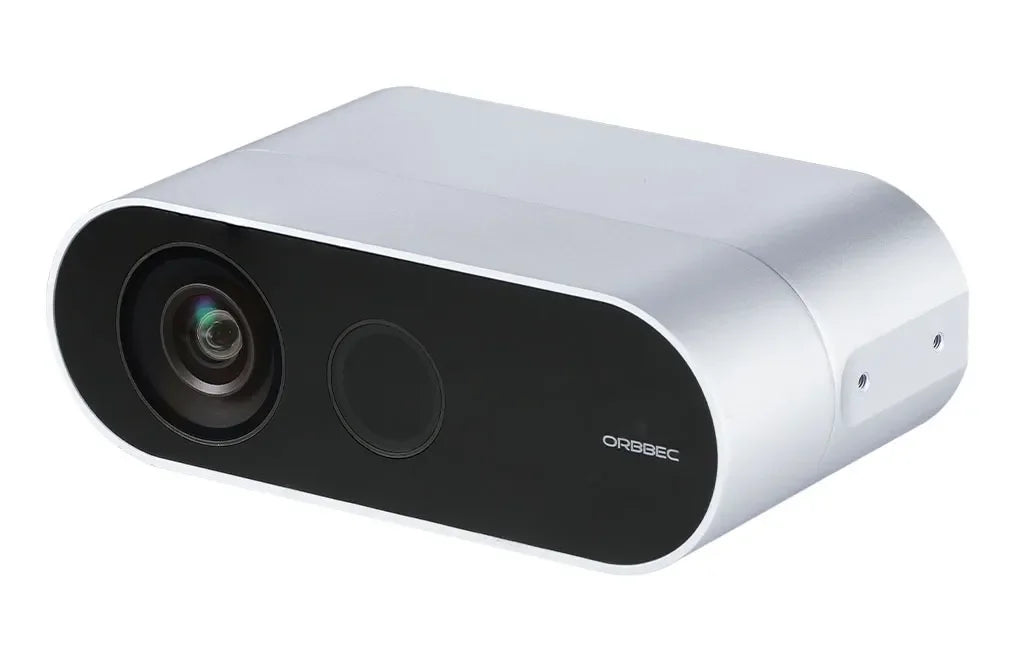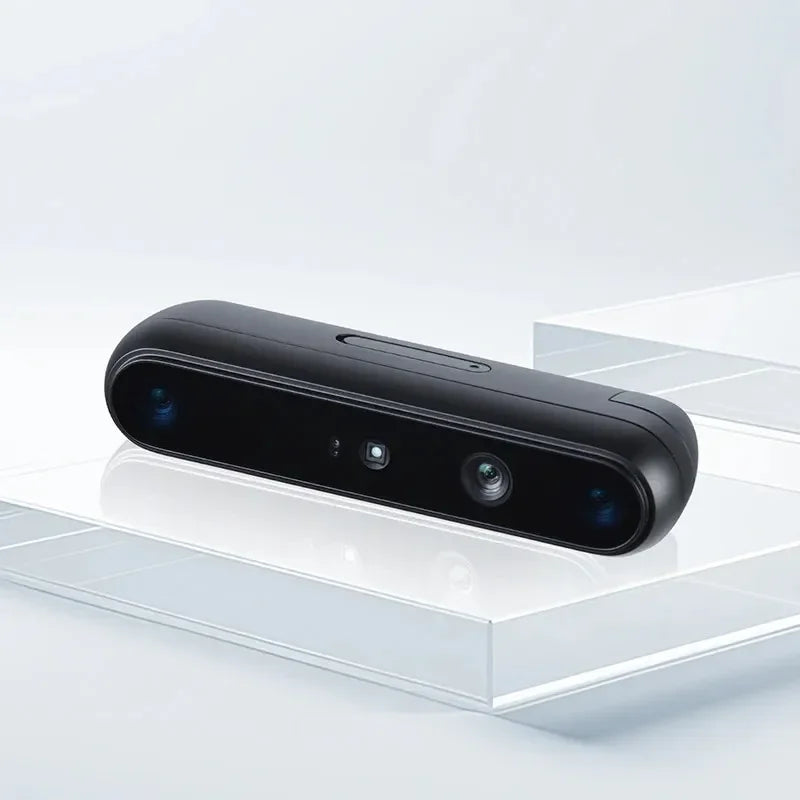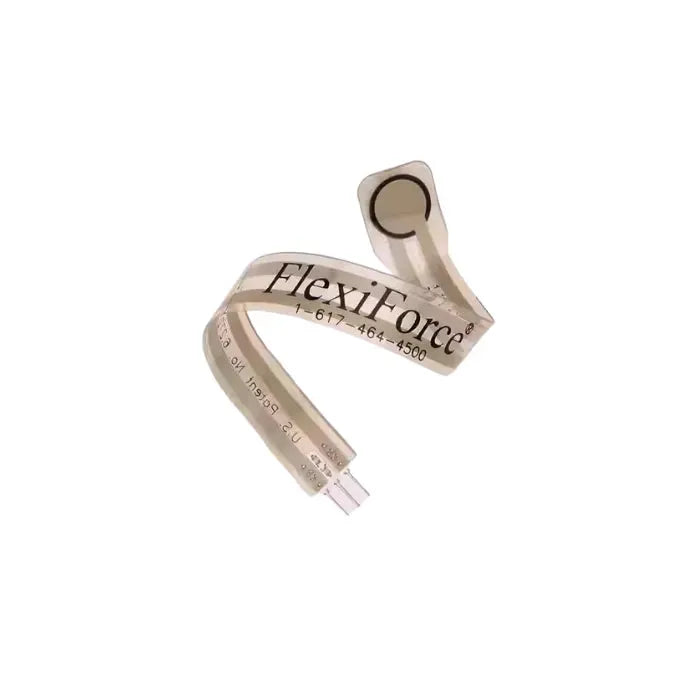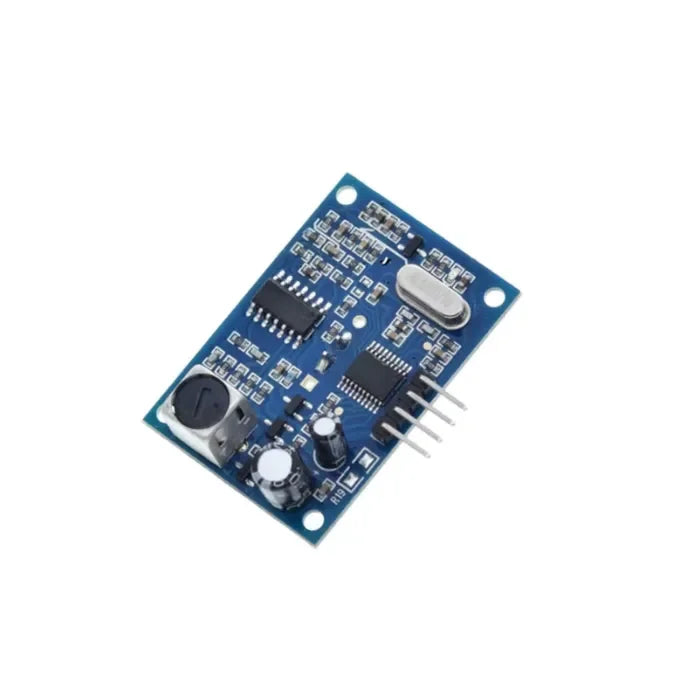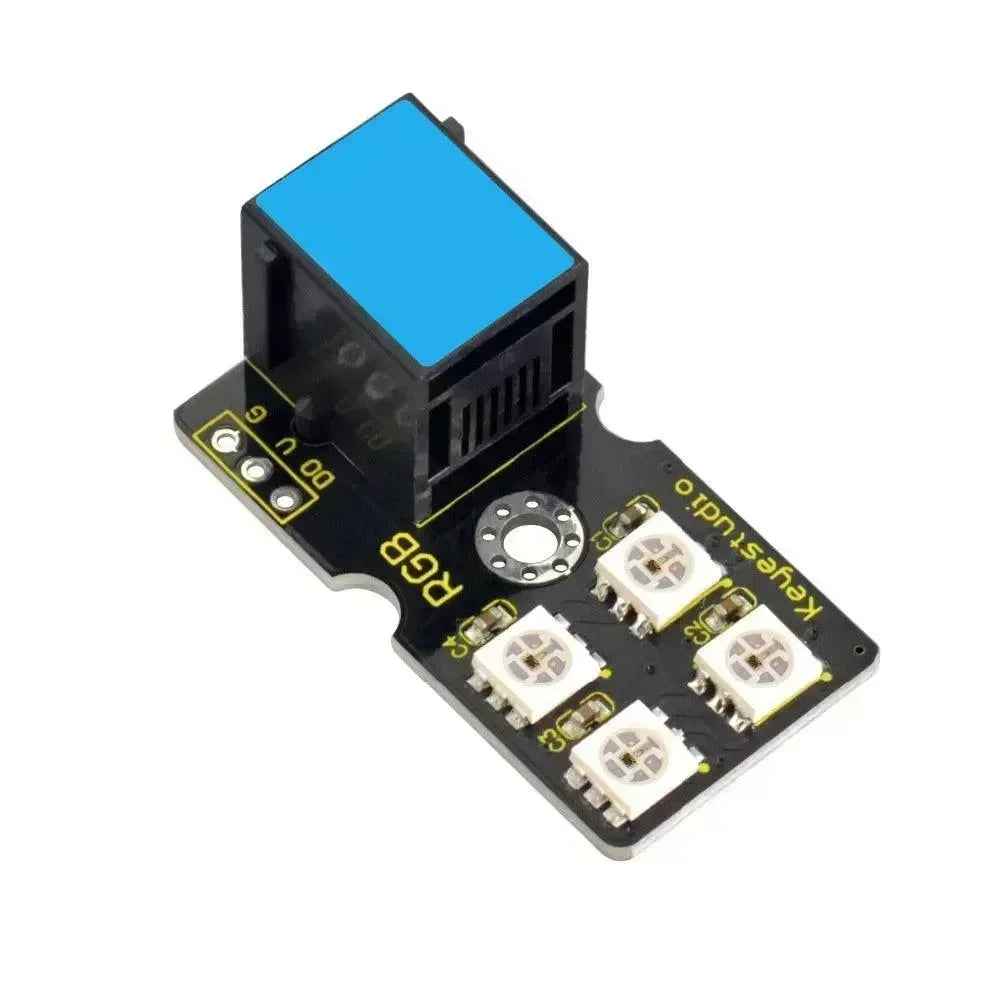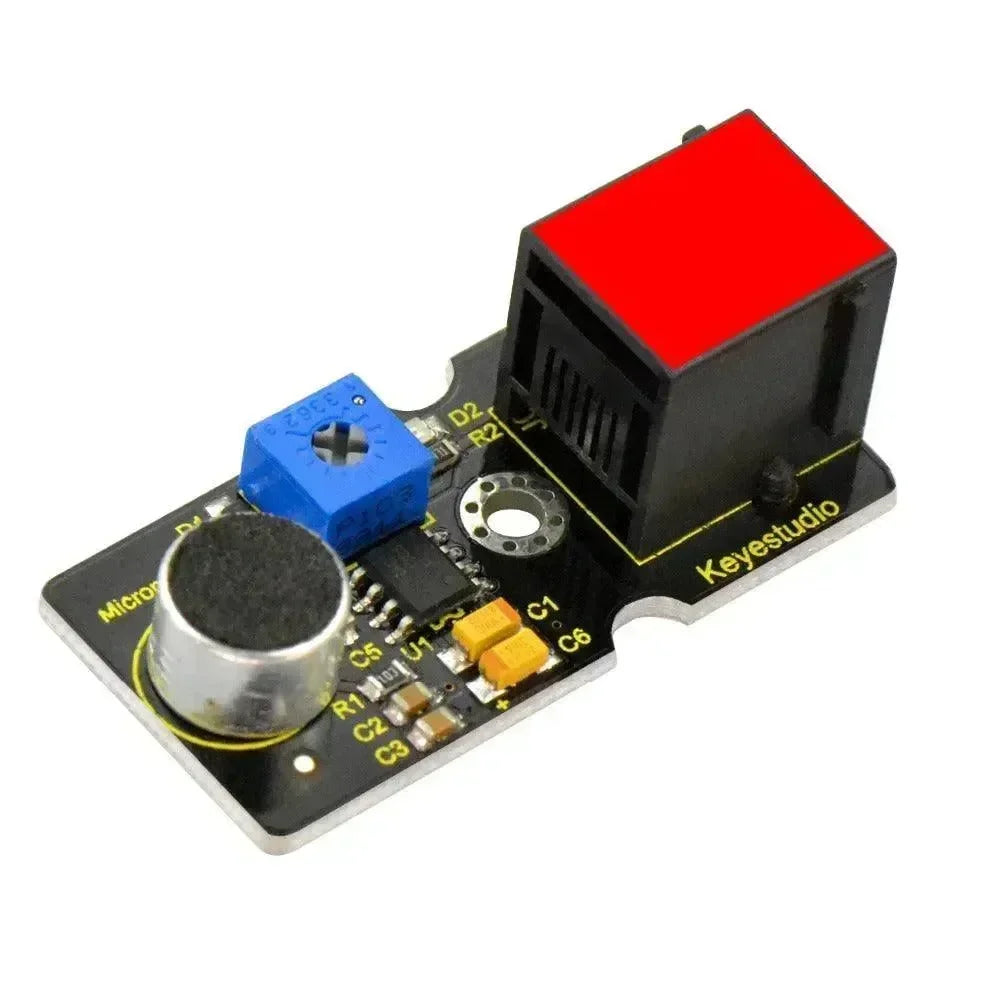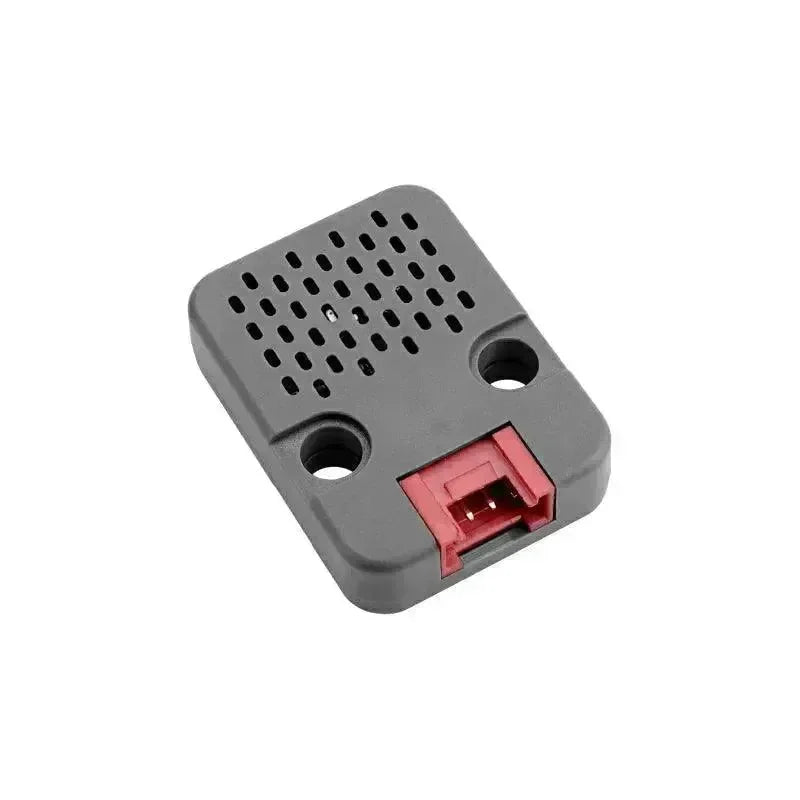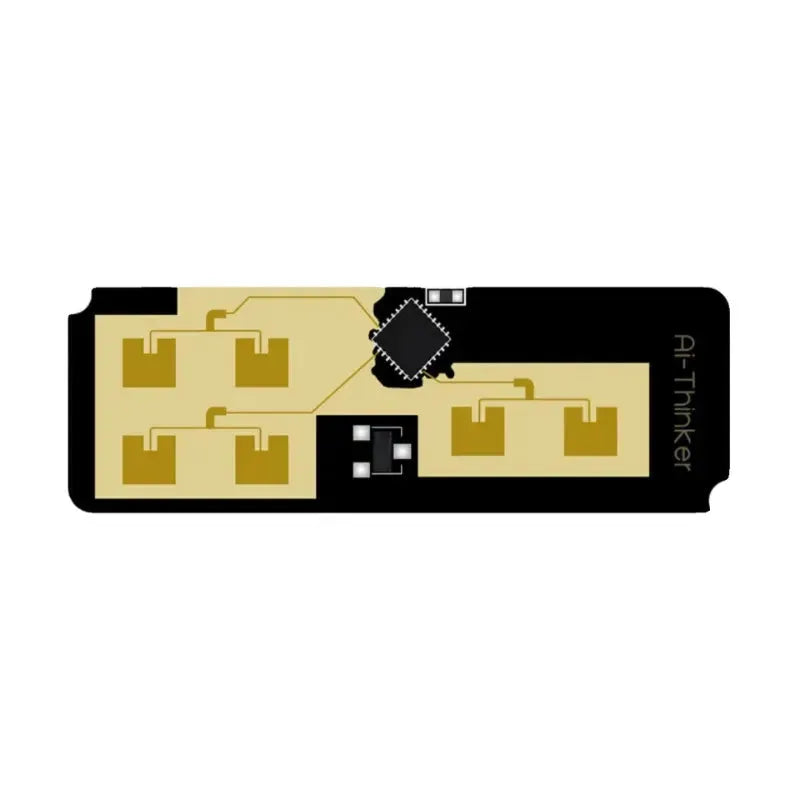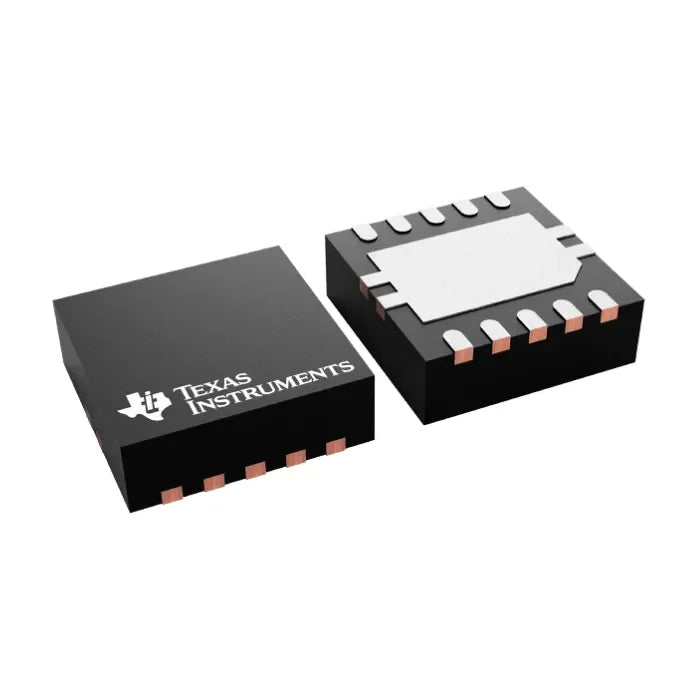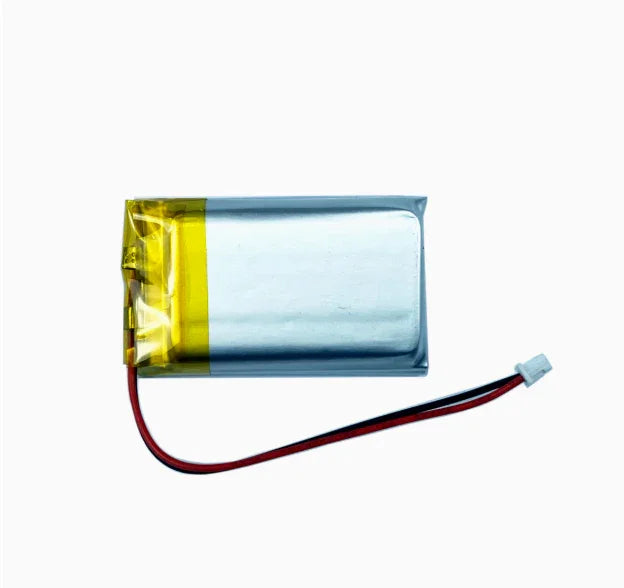Overview
ESP32-S2:
-
Launch Year: 2020
-
Core: Single-core Xtensa LX7
-
Clock Speed: Up to 240 MHz
-
Wi-Fi: 802.11 b/g/n (2.4 GHz)
-
Bluetooth: Not supported
-
Memory: 320 KB SRAM, 128 KB ROM
-
Peripherals: USB OTG, LCD interface, Camera interface, Cryptographic hardware acceleration
-
Power Consumption: Lower power consumption compared to ESP32
ESP32-H2:
-
Launch Year: 2023
-
Core: Single-core RISC-V
-
Clock Speed: Up to 160 MHz
-
Wi-Fi: Not supported
-
Bluetooth: Bluetooth 5.0
-
Zigbee/Thread: Supported
-
Memory: 256 KB SRAM, 128 KB ROM
-
Peripherals: Cryptographic hardware acceleration, Zigbee and Thread radio
-
Power Consumption: Optimized for low-power application
Detailed Comparison
Processing Power
The ESP32-S2 boasts a single-core Xtensa LX7 processor capable of reaching speeds of up to 240 MHz, offering unwavering performance for a vast array of applications. By comparison, the ESP32-H2 employs a single-core RISC-V processor with a maximum clock speed of 160 MHz. Despite the slower processing speed, the ESP32-H2 is designed to be more power-efficient, making it an ideal choice for battery-powered devices.
Wireless Connectivity
One of the most notable distinctions between the two chips is their capacity for wireless communication. The ESP32-S2 is equipped with Wi-Fi 4 (802.11 b/g/n) at 2.4 GHz, making it an optimal choice for applications that require internet connectivity. Please note that Bluetooth is not supported.
In contrast, the ESP32-H2 does not support Wi-Fi but includes Bluetooth 5.0, Zigbee, and Thread protocols. The ESP32-H2 is therefore an excellent choice for mesh networking and IoT applications that rely on these protocols for communication.
Memory and Storage
The ESP32-S2 is equipped with 320 KB of SRAM and 128 KB of ROM, which is adequate for a wide range of embedded applications. Furthermore, the device is compatible with external flash and RAM, offering users the flexibility to expand their storage and memory capabilities.
The ESP32-H2 offers a slightly reduced SRAM capacity of 256 KB, but includes 128 KB of ROM. The device's compatibility with Zigbee and Thread protocols makes it ideal for low-power, low-data-rate applications, which typically do not require significant memory capacity.
Peripherals and Interfaces
The ESP32-S2 is equipped with a range of advanced peripherals, including a USB OTG interface, an LCD interface, and a camera interface. These features make the ESP32-S2 an ideal choice for applications that require video streaming, display control, or USB connectivity. Furthermore, the device incorporates hardware accelerators for cryptographic functions, thereby enhancing the security of IoT applications.
By contrast, the ESP32-H2 is designed with a particular emphasis on low-power wireless communication, and includes hardware accelerators for cryptographic functions. However, it should be noted that the device does not include the USB, LCD, and camera interfaces found in the ESP32-S2. Its principal advantage is its compatibility with Zigbee and Thread, which makes it an excellent choice for smart home and industrial IoT applications.
Power Consumption
Both the ESP32-S2 and ESP32-H2 are designed with power efficiency in mind, but the ESP32-H2 is particularly optimised for low-power applications. The RISC-V core and support for low-power wireless protocols make this device suitable for use in battery-powered devices that require extended operational periods.

Applications
-
IoT devices requiring Wi-Fi connectivity
-
Smart home devices with display and camera interfaces
-
Secure applications needing cryptographic hardware acceleration
-
IoT devices using Zigbee or Thread protocols
-
Battery-powered devices requiring low power consumption
-
Mesh networking applications
| Parameter | ESP32-S2 | ESP32-H2 |
| Core | Single-core Xtensa LX7 | Single-core RISC-V |
| Clock Speed | Up to 240 MHz | Up to 160 MHz |
| Wi-Fi | 802.11 b/g/n (2.4 GHz) | Not supported |
| Bluetooth | Not supported | Bluetooth 5.0 |
| Zigbee/Thread | Not supported | Supported |
| SRAM | 320 KB | 256 KB |
| ROM | 128 KB | 128 KB |
| Peripherals |
USB OTG, LCD interface, Camera interface, Cryptographic hardware acceleration |
Cryptographic hardware acceleration, Zigbee and Thread radio |
| Power Consumption | Lower power consumption | Optimized for low-power applications |
| Applications |
IoT devices requiring Wi-Fi connectivity, Smart home devices with display and camera interfaces, Secure applications needing cryptographic hardware acceleration |
IoT devices using Zigbee or Thread protocols,Battery-powered devices requiring low power consumption, Mesh networking applications |

Conclusion

